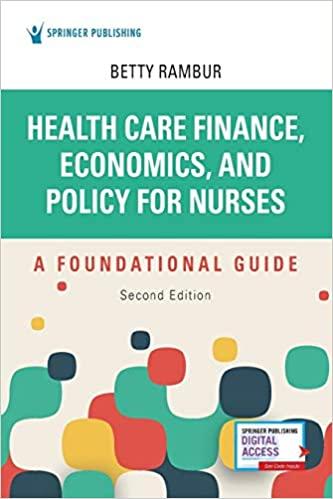(1) Consider a 10-year bond with a face value of $1,000 and a coupon rate of 10%. If coupon payments are made semiannually and the current market rate of interest on similar bonds is 8%, what is the price of the bond? (2) What is the price of a zero coupon bond with a $1,000 face value and 15 -year maturity when the market interest rate is 5% ? Assume semiannual coupon payments on a bond with similar investment characteristics. (3) Suppose you were offered a 20-year, 10 percent coupon (paid semiannually), $1,000 par value bond at a price of $955. Compute the bond's YTM. (4) Suppose a firm issued an 8% coupon (paid semiannually), $1,000 par value bond 30 years ago. The bond now has 10 years left until its maturity date but the firm is having financial difficulties. Investors believe that the firm will be able to make good on the remaining interest payments but that at the maturity date, the firm will be forced into bankruptcy, and bondholders will receive only 85% of par value. The bond is now selling at $900. Compute the expected YTM considering the possibility of default. (5) A bond has a 9.6 percent coupon, $1,000 par value, and 10 years until its maturity date. Coupons are paid semiannually. The bond is now selling at $1,200. What is the current yield? (6) Six years ago, Footnote Inc. (NYSE: FT) issued a 15 -year bond with a $1,000 face value and an 8 percent coupon rate of interest. Interest is paid semiannually. The bond is currently selling for $1,050. If the bond can be called in five years for a redemption price of $1,080, what is the bond's yield to call (YTC)? (7) A 20-year maturity, 8\% coupon, \$1,000 par value bond paying coupons semiannually is callable in five years at a call price of $1,040. The bond currently sells at a yield to maturity of 10%. What is the yield to call (YTC)? (8) Suppose you purchased a 20-year, 10 percent coupon (semiannual payments) bond at par. You plan to sell the bond in two years. You expect that 18-year bonds with similar characteristics (e.g., default risk) would yield 12 percent at the end of two years. Calculate the expected realized yield on this bond by assuming that each coupon payment is reinvested at the following rates: the 1st coupon at 8% p.a. for 18 months; the 2 nd coupon at 10% p.a. for 12 months; the 3rd coupon at 12% p.a. for 6 months; and the 4 th coupon not reinvested. (9) Find the duration of an 6% coupon bond making semiannual coupon payments with a par value of $1,000 if it has three years until maturity and a 10% yield to maturity. (10) When the market interest rate was 6 percent, you purchased a 10-year, 8 percent coupon (semiannual coupon payments) bond with a Macaulay duration of 7.29 years. The par value of this bond is $1,000. If the market interest rate decreases by 50 basis points from the previous level, what is the percentage change in the bond's price using the duration concept









